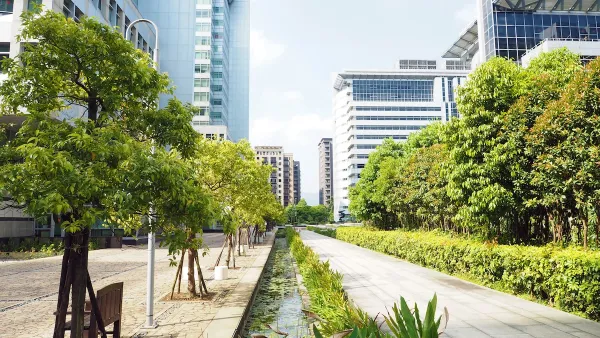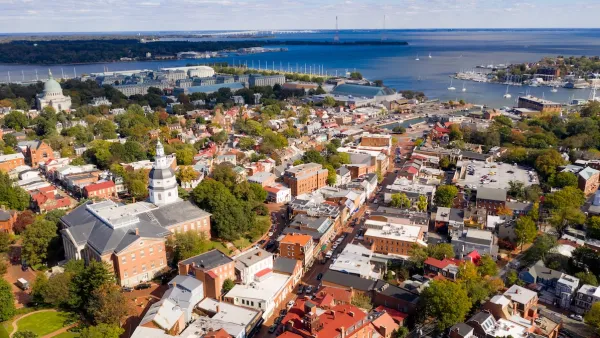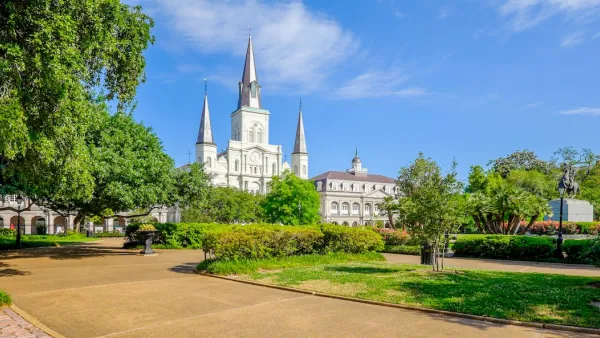In Washington D.C., double the amount of residents in affluent areas live among plentiful green spaces. Lessening the disparity will require the cooperation of private property owners, not all of whom see more trees as a good thing.
Nearly 40 percent of residents in low-income areas live in places with fewer trees and more empty spaces. Meanwhile, 80 percent of residents in upper-income areas live in well-planted neighborhoods, according to the Post analysis, which rated neighborhoods on a percentage scale that reflects existing trees and open space that could in theory be planted."
"The city and nonprofit groups have been trying to plant at least 8,600 trees a year in the District in an effort to increase the canopy to 40 percent in the next two decades," add Gowen and Mellnik. "Working with neighbors is becoming more important in preserving the tree canopy, because much of the plantable land left is in private yards rather than in parks and other public spaces."
But getting buy-in from residents in some areas will be a challenge.
"Doris Gudger of Anacostia is among those who see little to like about lots of trees. When city crews showed up one recent day and planted some in front of her rowhouse in Southeast Washington, she wanted them gone."
"The pollen would aggravate her allergies, she said. The leaves would be a pain to rake. The shade would draw drug dealers. And, she feared, soon would follow affluent gentrifiers and higher taxes, pushing out older residents like herself."
FULL STORY: Tree canopy’s density indicates wealth of D.C. neighborhoods

National Parks Layoffs Will Cause Communities to Lose Billions
Thousands of essential park workers were laid off this week, just before the busy spring break season.

Retro-silient?: America’s First “Eco-burb,” The Woodlands Turns 50
A master-planned community north of Houston offers lessons on green infrastructure and resilient design, but falls short of its founder’s lofty affordability and walkability goals.

Delivering for America Plan Will Downgrade Mail Service in at Least 49.5 Percent of Zip Codes
Republican and Democrat lawmakers criticize the plan for its disproportionate negative impact on rural communities.

Test News Post 1
This is a summary

Test News Headline 46
Test for the image on the front page.

Balancing Bombs and Butterflies: How the National Guard Protects a Rare Species
The National Guard at Fort Indiantown Gap uses GIS technology and land management strategies to balance military training with conservation efforts, ensuring the survival of the rare eastern regal fritillary butterfly.
Urban Design for Planners 1: Software Tools
This six-course series explores essential urban design concepts using open source software and equips planners with the tools they need to participate fully in the urban design process.
Planning for Universal Design
Learn the tools for implementing Universal Design in planning regulations.
EMC Planning Group, Inc.
Planetizen
Planetizen
Mpact (formerly Rail~Volution)
Great Falls Development Authority, Inc.
HUDs Office of Policy Development and Research
NYU Wagner Graduate School of Public Service





























